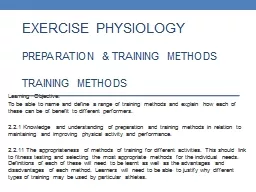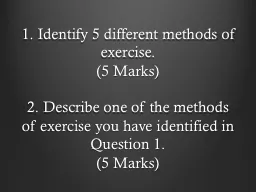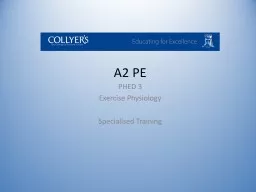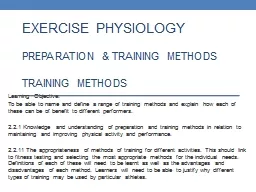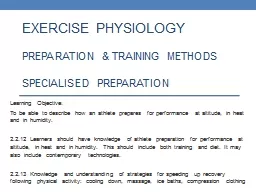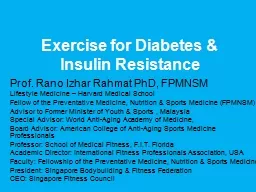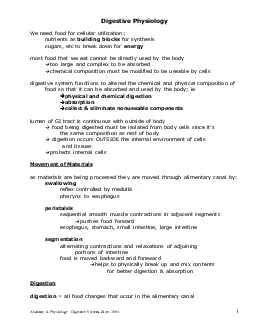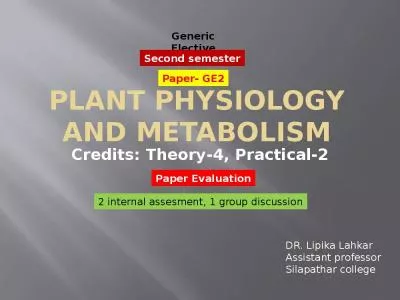PPT-Exercise physiology Preparation & training methods
Author : cheryl-pisano | Published Date : 2018-10-20
training methods Learning Objective To be able to name and define a range of training methods and explain how each of these can be of benefit to different performers
Presentation Embed Code
Download Presentation
Download Presentation The PPT/PDF document "Exercise physiology Preparation & tr..." is the property of its rightful owner. Permission is granted to download and print the materials on this website for personal, non-commercial use only, and to display it on your personal computer provided you do not modify the materials and that you retain all copyright notices contained in the materials. By downloading content from our website, you accept the terms of this agreement.
Exercise physiology Preparation & training methods: Transcript
Download Rules Of Document
"Exercise physiology Preparation & training methods"The content belongs to its owner. You may download and print it for personal use, without modification, and keep all copyright notices. By downloading, you agree to these terms.
Related Documents

